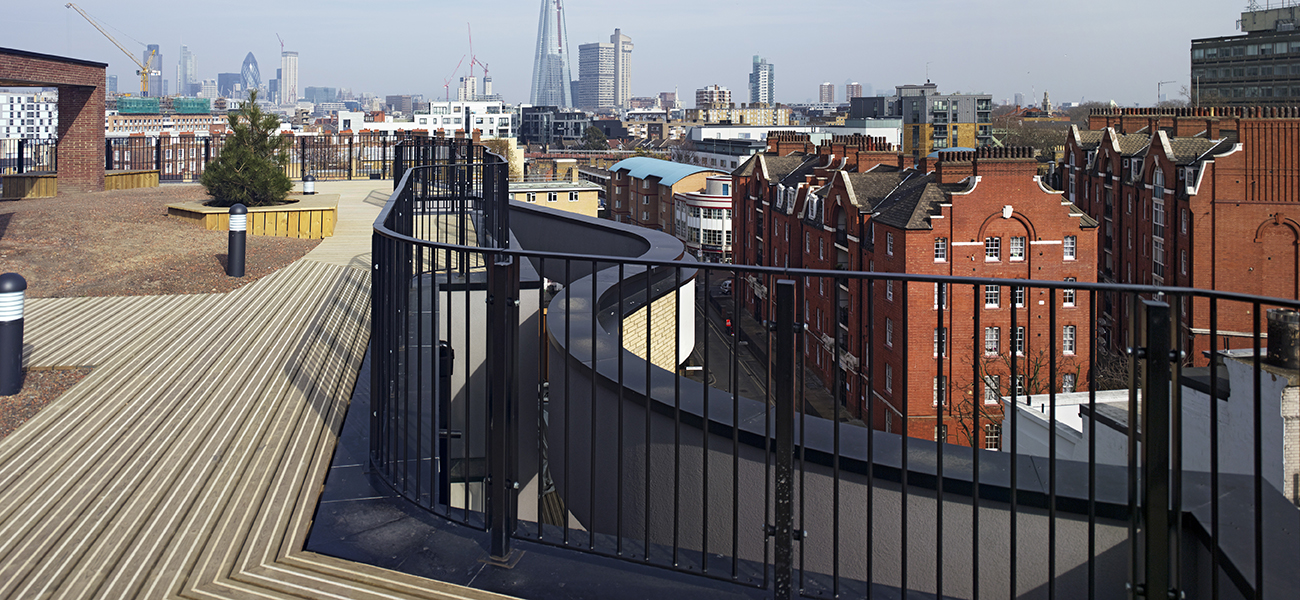4 Things to Consider When Designing Timber Decking

Comfort for wheelchair users
Traditional grooved timber deck boards have proved a very uncomfortable traveling surface for wheelchair users. Choose smooth deck boards to provide a smoother ride for users in the urban environment.
Trip risk for visually impaired, less able, and children
High ‘grip’ on traditional timber anti-slip deck boards can prove a trip hazard for the less able. Antislip is very important for commercial decking use. Choose a deck board with a finer grit for the anti-slip provision, which will still minimise slip risk but with a less ‘grippy’ surface.
Highlight steps and changes in level
Brightly coloured anti-slip inserts on deck boards for steps and changes of level will highlight any risk to the pedestrian. Choose a deck board that offers a range of colours to easily identify any changes in level and minimise risk to users.
Ease of moving from change in surfaces, e.g tarmac to decking
Changing surfaces can cause problems in urban environments. The high level of grip on traditional anti-slip boards can make change in surface difficult for some pedestrians, particularly the less able. As with ‘trip risk’ above, choosing a finer grit for the anti-slip board on a smooth deck board will make surface changes much easier.
To find out more about using decking to meet inclusivity targets, read the case study on the Olympic Park.
Or to find out more about Marley Decking solutions, contact your local specialist here.